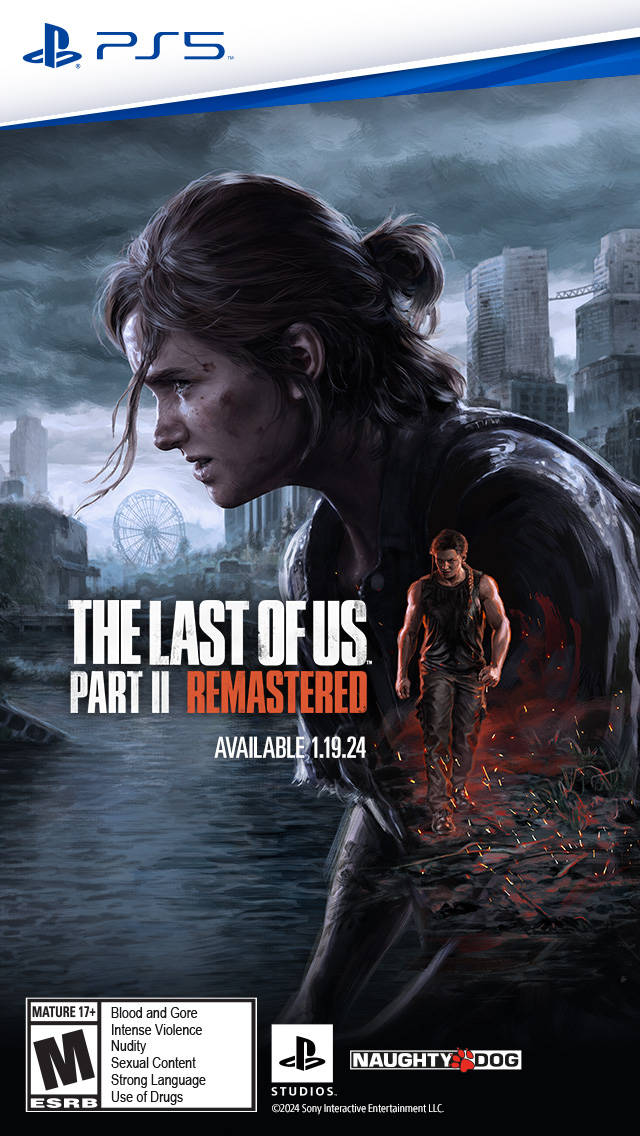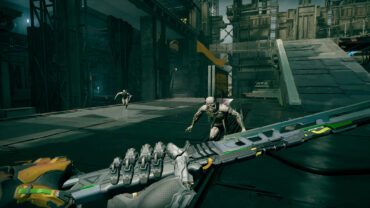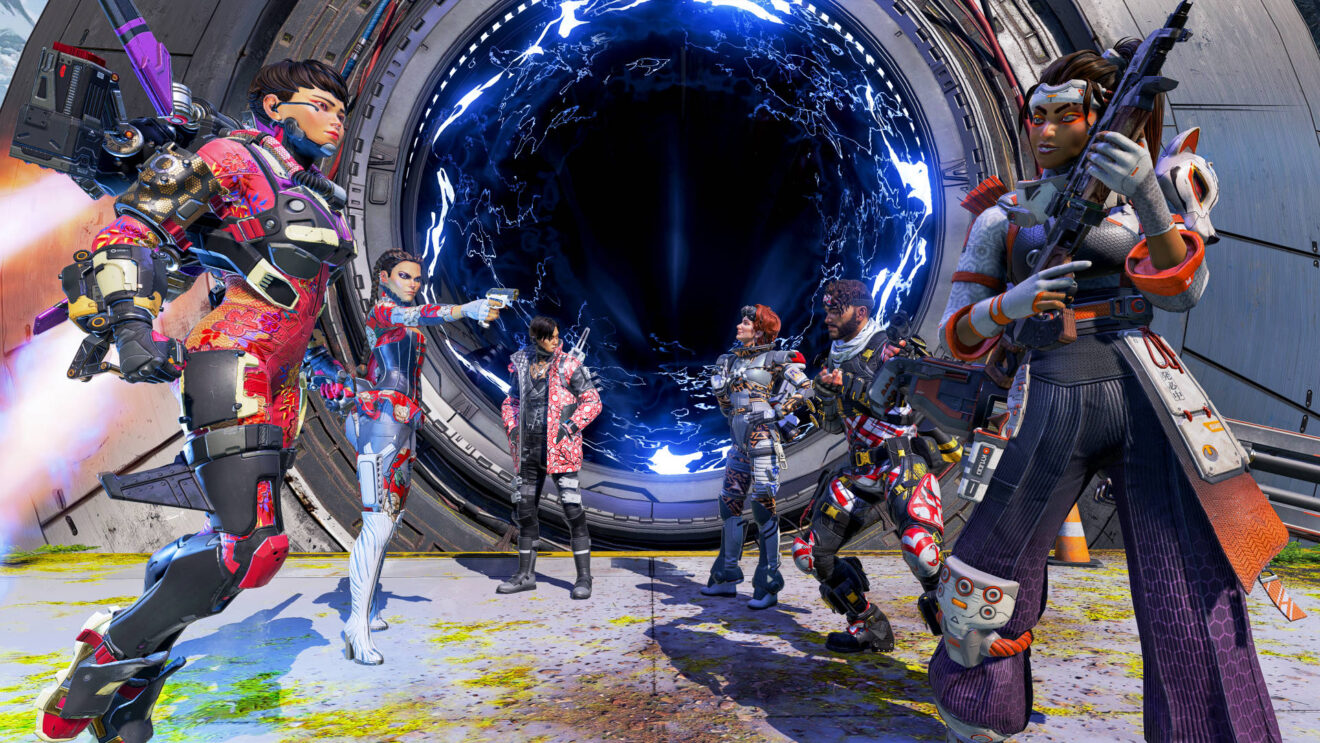
An in-depth first look at Arenas, Apex Legends’ new 3v3 PVP mode
We’re now just over a week away from the launch of Apex Legends Season 9, which actually isn’t called “Season 9” this time around. The decision to simply call it Apex Legends Legacy is no doubt in large part because this could easily be the biggest season of the game since its launch.
Sure, part of that comes thanks to the introduction of Valk, the game’s latest playable legend. Kairi “Valkyrie” Imahara is a major addition to the game for players like me, because she brings one of the deepest connections to Titanfall lore that Apex Legends has seen yet.
More than Valk, however, Legacy is the biggest shake-up to Apex Legends since its launch in early 2019 because it’s the first time the game is getting a totally new, permanent mode. (Duos is permanent, but it’s also just the main game minus one teammate.)
EA and Respawn Entertainment recently gave me and other members of the press an early look at Apex Legends Legacy, so let’s dig into that new mode, Arenas. And, if you haven’t already, you can go check out my rundown of the other new additions in the game’s upcoming season.
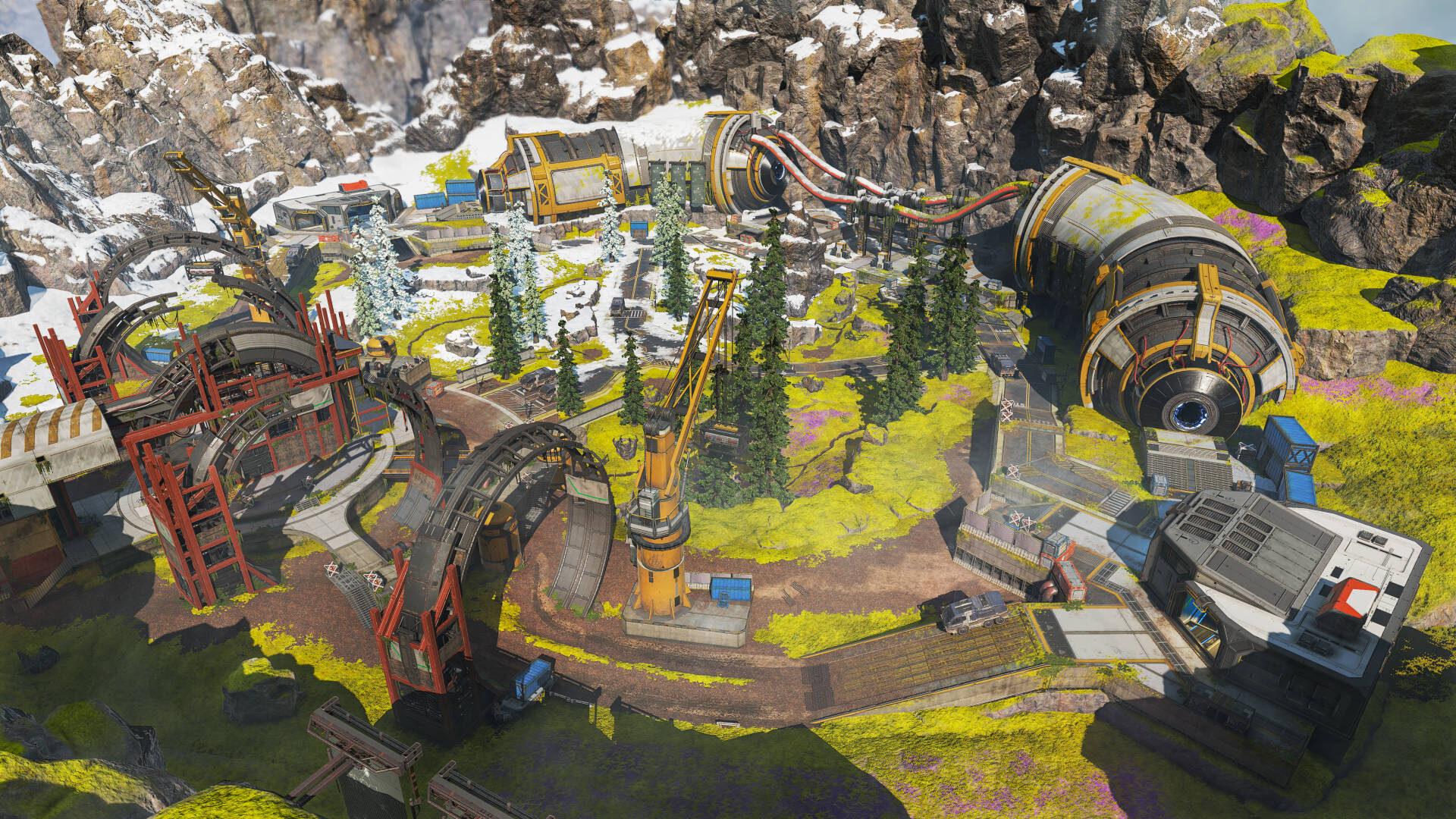
Image credit: EA, Respawn Entertainment
Arenas is a special competitive game mode where two groups of three players face off to see which is the better team. Matches play out as a series of rounds, where before each round, players must spend an allotment of materials to purchase weapons, items, and character abilities. From there, gameplay unfolds more like a classic arena shooter, where your goal is to eliminate every member of the opposing team. While teammates can be picked back up if downed, there are no respawns in Arenas, and outside of a mid-round care package filled with weapons, the only supplies on the battlefield are supply bins with shields and meds, and materials canisters.
To win, you’ll need to be the first team to score three points while also being up by two. If the spread is closer than that, rounds will continue until the potential of a 4-4 deadlock, at which point the game will go into sudden death. In sudden death, all players are given red-tier armor, and a lot more materials with which to beef up their chosen character’s loadout. Speaking of those loadouts, anything you purchase for one round will be gone once you enter the next—with the exception of character abilities, which must be purchased per-use. What’s intriguing about this system is that, if I use the example of my personal main Wattson, I could decide that her abilities aren’t that useful to me in Arenas, and instead spend my materials on really decking her out with weapons boosted by higher-level attachments.
One of the things I found interesting during the presentation is that Arenas have been in the works since late 2019. In the mode’s earlier days, 24 players would be matched up together, and those eight teams would then be broken up into pairings to see who would move on to the next round, and who would be eliminated. As well, the per-round loot system hadn’t been developed yet, so weapons and equipment were just scattered around the battlefield like in normal Apex Legends games.
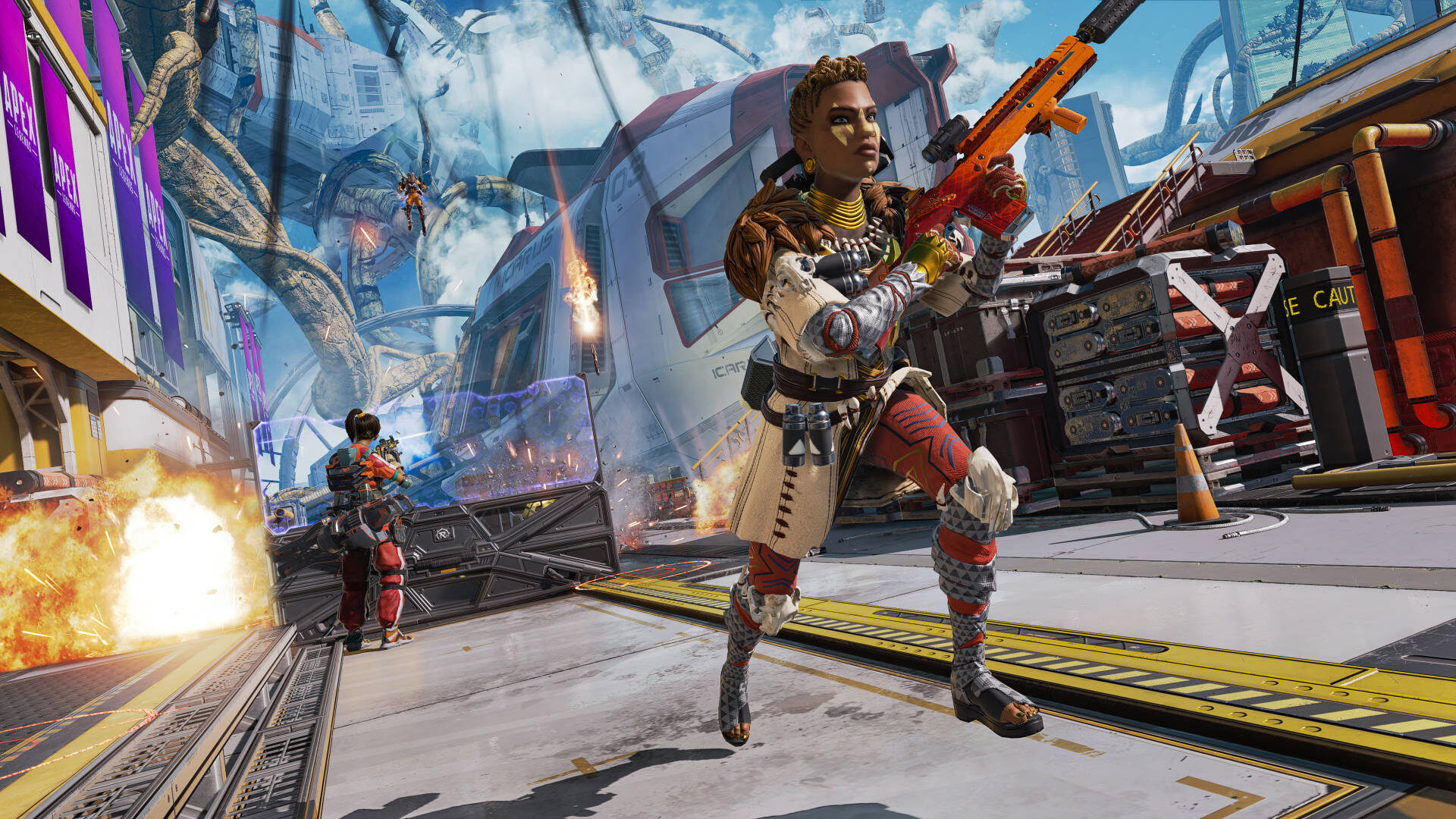
The team at Respawn found that the battles were intense, with the three versus three idea feeling especially amazing, but that there were some concerns that had cropped up. One was that, if you were only facing off against a team for one round, there was never really the chance to come up with any sort of strategy for how to win, as you never played against any team for long enough to learn their playstyle. As well, having no set loadout works totally differently between a battle royale and an arena shooter, and “praying to the RNG gods” just wasn’t fun for the concept of Arenas.
Another issue was maps. While initial playtesting for Arenas was done on Artillery from King’s Canyon—which worked well—trying to use some of the other main mode locations just wasn’t feeling right. Respawn realized that maps needed to be designed with deliberate pacing, where teams could see one another from afar, and then decide how to close the gap—versus maps that were smaller or with physically divided lanes where players could get easily overwhelmed. Or where, for example, an ability like Bloodhound’s tactical might be way too powerful. (The concern over having to potentially balance character abilities separate from the game’s main mode is one of the reasons why you’ll have far more limited use of them in Arenas.)
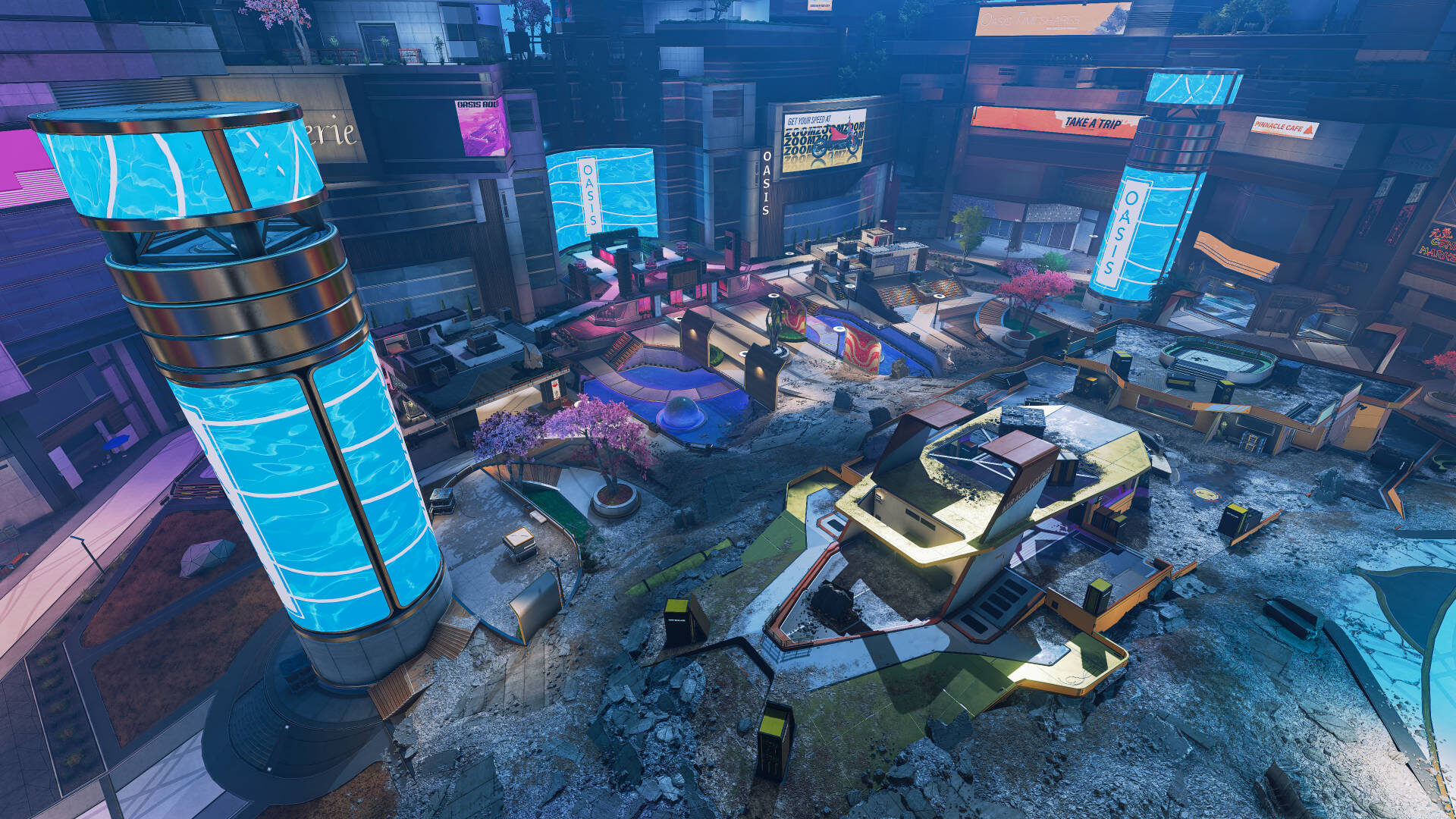
Image credit: EA, Respawn Entertainment
As of now, players can look forward to five maps in Arenas: three taken from the base game, one from each map, and two brand new locations. In terms of familiar spots, we’ll be getting Artillery, Thermal Station from World’s Edge, and Golden Gardens from Olympus. (For those maps, each will be introduced two weeks apart once Arenas kicks off.) Meanwhile, in terms of the new maps, we’ll be getting Party Crasher and Phase Runner. Party Crasher is said to be a faster-paced map, where the Mirage Voyage has crash landed smack in the middle of a luxurious downtown area. Phase Runner, meanwhile, takes us to a snowy secret location where a prototype of Olympus’s teleportation device exists. Phase Runner will be a slower, more “deliberate” map better for mid- to longer-range encounters.
Arenas may be the first completely new mode coming to Apex Legends, but according to Respawn, it won’t be the last. Also, to answer an obvious question, ranked Arenas are coming—but not just yet.
All in all, I’m excited for Arenas, and I’m really looking forward to how they help shape the coming future of Apex Legends. As a hardcore Titanfall fan, a battle royale set in that world wasn’t exactly what I was hoping for, but it’s an experience I’ve come to really love. And yet, I’d much rather see the game expand and try new things, versus simply continuing to exist as nothing but a battle royale. There’s a lot that can be done with the gameplay and characters of Apex Legends, and I’m glad that it looks like the men and women of Respawn agree with that sentiment.

Mollie got her start in games media via the crazy world of gaming fanzines, and now works at EGM with the goal of covering all of the weird Japanese and niche releases that nobody else on staff cares about. She’s active in the gaming community on a personal level, and an outspoken voice on topics such as equality in gaming, consumer rights, and good UI. Check her out on Twitter and Mastodon.
